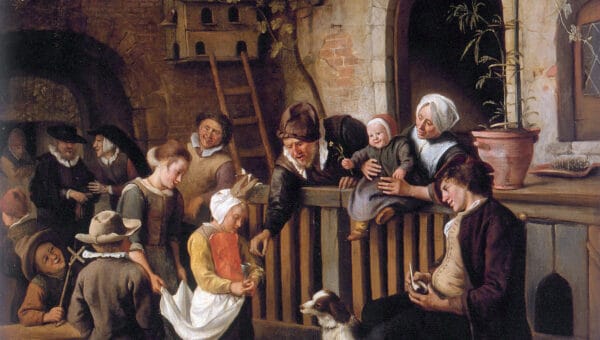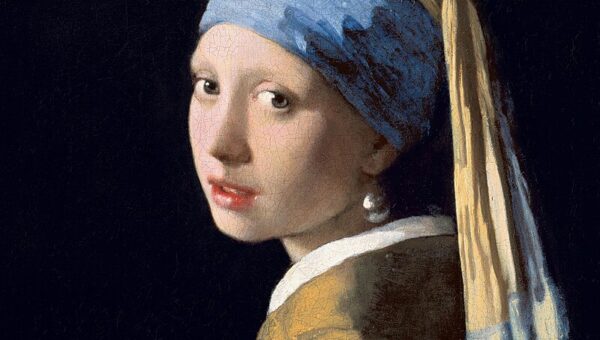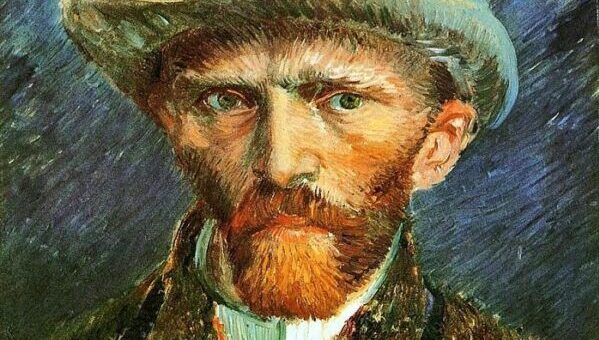
Best artists of all time: Anthony van Dyck (1599 - 1641)
On 22 March 1599, a boy, Anthony (Antoon in Flemish) was born into the large family of a well-off silk merchant in Antwerp, Frans van Dyck. He was the seventh of twelve children. Anthony was a special child, talented and romantic. His ability to paint manifested itself at a very tender age, and great care was taken over him by his teacher, the artist Hendrick van Balen. The little artist took the first steps in his creative career at the age of 10, and, six years later (in 1615), he had the opportunity to become an independent artist.
A peculiar feature of young Anthony’s development as a painter was his inexplicable love of painting portraits. He honed his skills at painting people on self-portraits, of which he painted a fairly large number throughout his life. His first portrait was painted in the period 1613 – 1614. Gazing out at the viewer from this work is a young lad with red hair, olive eyes and a healthy rosy glow in his cheek. This work seems to ‘talk’ to us in the language of talent, and shows a wonderful feeling for colour, an awareness that is comparable with an adult’s perception of the world.
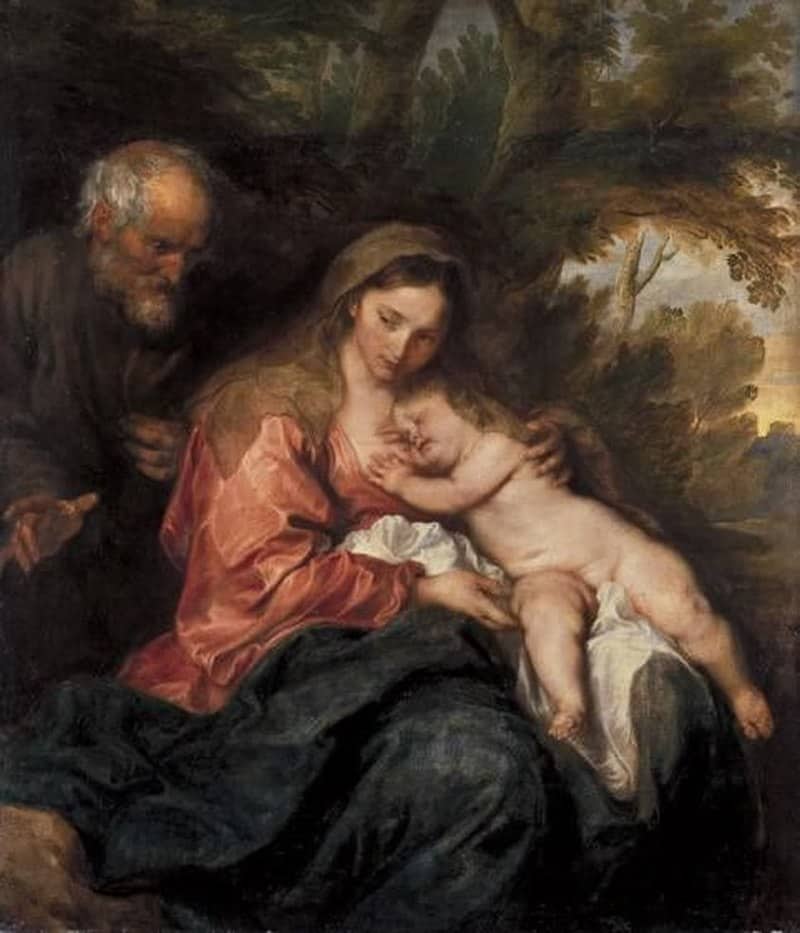
The young artist with the fiery hair caught the attention of none other than Rubens himself. From 1618 onwards, the young man became Rubens’ pupil, and eagerly learned about the specifics of painting set-piece paintings from his tutor. Van Dyck’s colour palette now became richer, more vibrant and more varied. The subjects of his portrait combines mythological and religious themes (Jupiter and Antiope – 1620, Resting on the fight into Egypt – 1625, The Triumph of Silen – 1625, Crowning with Thorns – 1620).
Van Dyck’s efforts earned him particular praise from Pieter Paul Rubens, who called his apprentice one of his finest pupils. As evidence of his talent, Anthony was given his own studio as a gift.
In 1620, van Dyck left his native land for the first time, to complete a big commission to paint portraits of James I and the royal family. During his time in London, the young master became acquainted with the works of Titian. Charmed by this completely different technique of painting and applying the brushstrokes, and using a colour scale, Anthony managed to enrich the compositional lessons he had been given by Rubens with nuances taken from Titian.
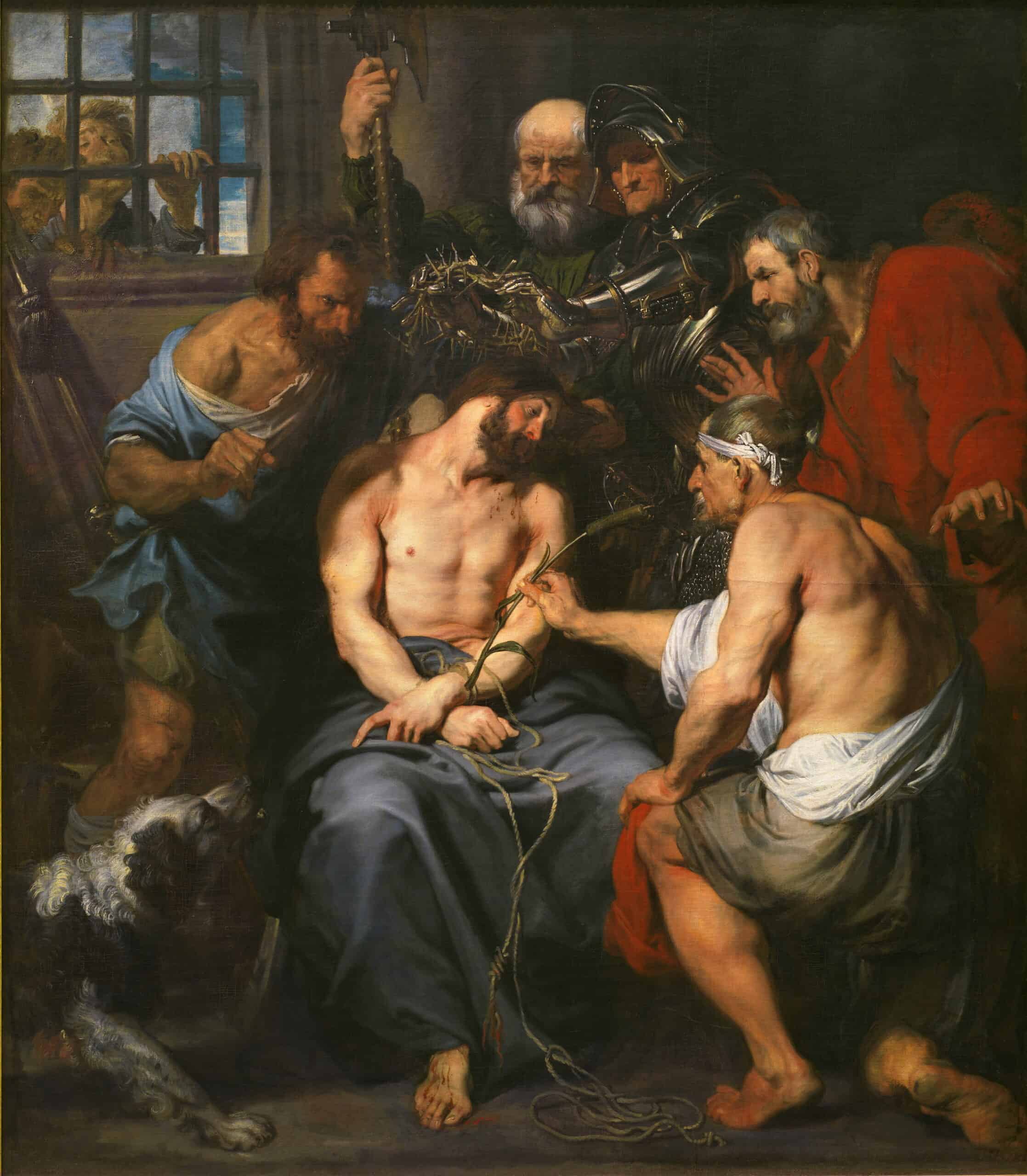
His inclination towards portrait-painting, and to grand, official paintings in particular, somehow or other gained the upper hand over van Dyck’s attempts to switch to mythological subjects. After moving to Italy at the end of 1621, Anthony spent six years studying the works of the Italian masters and painting the great and the good. His later works, on his return to England, were mature paintings of life as it really was. Van Dyck filled his protagonists with genuine beauty and naturalism, paying attention to details in their clothes and adornments, and enveloping them in deep velvet and shimmering satin, and emphasizing the characters’ mood and status (Portrait of Philadelphia and Elizabeth – 1640, Portrait of a Lady – 1634-1635, Equestrian Portrait of Charles – 1633).
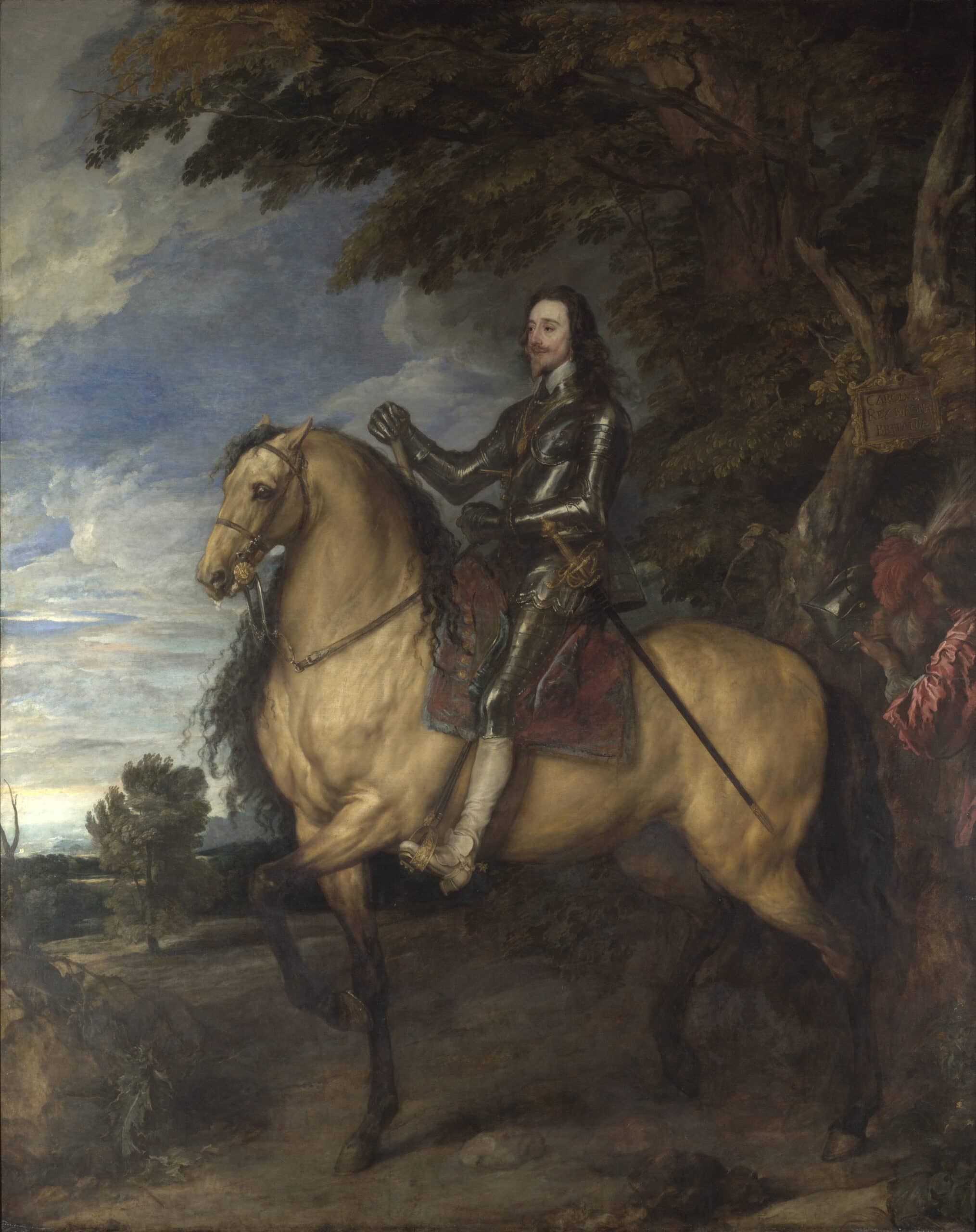
Anthony always aimed to please his clients with his painting, but on occasion they were not happy with the end result. The Duchess of Sussex, for instance, on seeing the completed portrait of her, was far from happy with the plump, round face of the woman gazing out from the canvas, though she suspected the painting was all too realistic a likeness.
A particular feature of the artist’s works was their brownish, ochre colour scheme, making them warm and delicate. The master now set about creating staged portraits, dressing his subjects in hunting clothes and ball-gowns, and surrounding them with a landscape of forests or courtyards. Though his preference was for taking commissions, Anthony van Dyck nevertheless tried his hand at other genres too. One such genre was engraving, wherein he worked on the basis of his own sketches and drawings. His easel works, including a series of plates, constituted an original collection of works. They were followed by a host of works in pencil and watercolours. Like all commercial artists, however, the artist preferred painting pictures, as this was more lucrative.
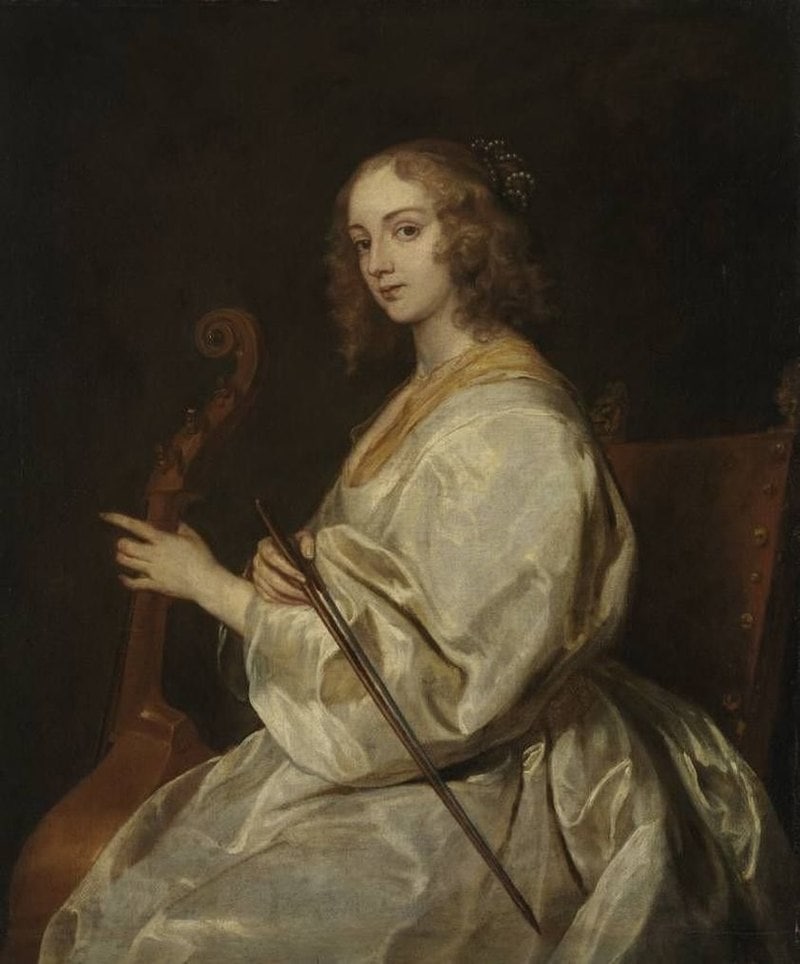
Anthony van Dyck, an artist from the Baroque era, was the founder of a completely new movement in portrait painting, which impacted upon European art. He indulged in the use of mannequins in his later compositions, and let his pupils work on his own paintings. Needless to say, this had an impact on the quality of his final works, but this did not make his legacy any the less valuable for those who came after him. The master died after a long illness in London on 9 December 1641. He was 42 years old.




